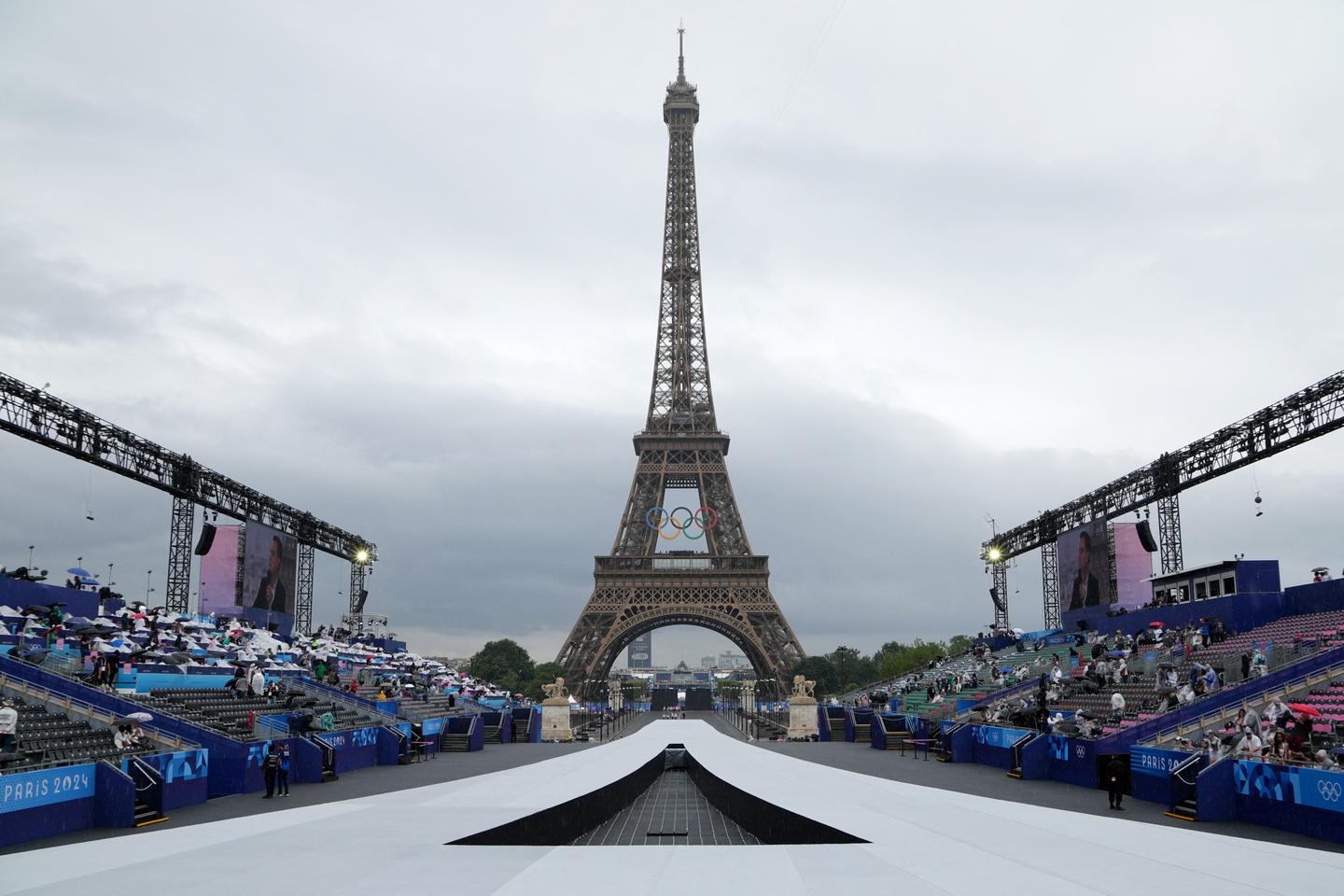


The Olympic Games were exciting, historic even. The stadiums were full and there were few hitches. The good vibes are continuing with the Paralympic Games, through September 8. After calling out the grumpy as party-poopers – they didn't spare her, it's true – Anne Hidalgo now intends to stretch out the good times for as long as possible.
As it will be difficult for the Socialist mayor of Paris to keep her city forever resembling the spotless setting of the Emily in Paris series, she's come up with an idea: The Olympic rings hanging on the Eiffel Tower are going to stay there. Even though the metal monument is under the authority of the municipality, it is not certain that Hidalgo has the right to decide on her own without taking into account heritage laws, and therefore the French government's opinion, and even the heirs. Especially considering the rings are a brand and displaying them is a form of advertising. Criticism was swift to follow on the internet, in the form of a petition from the resigning culture minister, Rachida Dati, and from Gustave Eiffel's heirs.
This example says a lot about how culture was instrumentalized during the Games. Athletes in the arena, the public in the stands and the whole world in front of their TV sets were amazed by the way monuments and museums served as backdrops and magnified the competitions. But inside art venues such as the Louvre, it wasn't all fun and games.
Attacting an audience with its mind elsewhere
Most of Paris's museums saw a drop in attendance of between 25% and 50% during the Olympics. The Château de Versailles was packed outside for the equestrian and modern pentathlon events, but saw visitor numbers drop by 25% in its halls. The reason is banal. Culture lovers, both French and foreign, fled Paris – it would have been masochistic to travel at a time when everything is more expensive and complicated. Conversely, sports enthusiasts and mass audiences from all over the world came to the French capital with little or no interest in culture. It's been that way for decades. London in 2012 and Rio in 2016 were catastrophic for cultural venues.
The most prestigious museums and monuments, Instagrammed as never before, are hoping to remake themselves in the coming months. Let's not forget that, in the spring, the International Olympic Committee (IOC), the City of Paris and the Ministry of Culture were waxing lyrical about a win-win marriage between sport and the arts. Nobody believed it, but we had to pretend we did. It was either amusing or pathetic: In public, museum bosses trotted out hackneyed clichés about the links between art and sport; in private, they had harsh words to say about the event.
You have 53.1% of this article left to read. The rest is for subscribers only.
